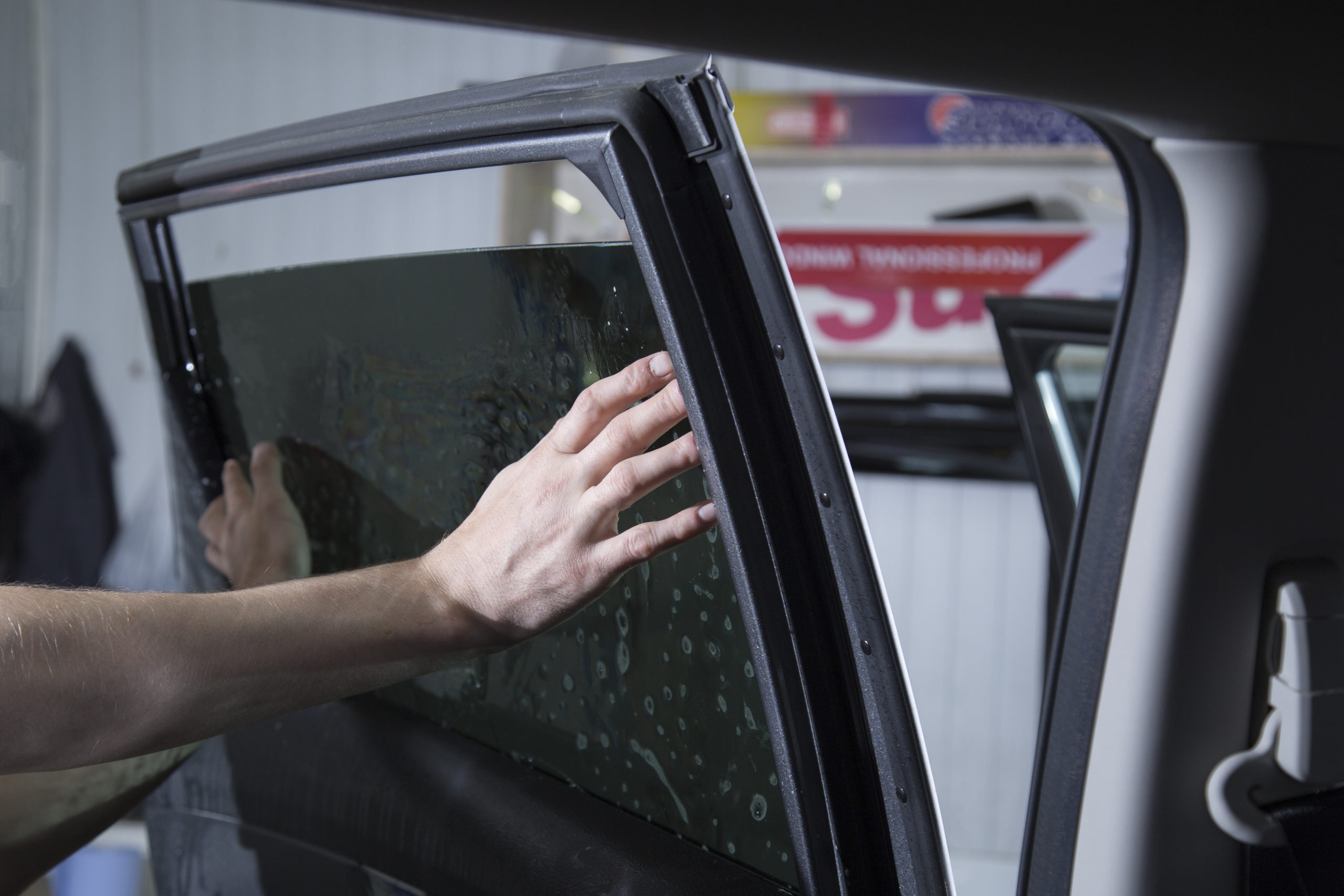Window Tinting Regulations and Standards: What You Required to Know Prior To Tinting Your Vehicle
Prior to proceeding with window tinting for your automobile, it is necessary to familiarize yourself with the diverse regulations and guidelines that control this practice across various states. These guidelines dictate the acceptable degrees of color darkness, often measured by noticeable light transmission (VLT) percents, and include particular terms for front windshields aimed at guaranteeing road safety. Additionally, certain jurisdictions may use medical exceptions for people with qualifying problems. Comprehending these complexities can save you from potential legal implications, yet what are the specific rules in your state?
Introduction of Home Window Tinting Rules
Window tinting laws are often based on variant throughout different jurisdictions, showing local regulations and safety considerations. These regulations dictate the permitted degrees of tint darkness and reflectiveness on automobile windows, making sure that drivers maintain sufficient presence while additionally protecting versus unsafe UV rays and warmth.
A lot of policies classify home window tinting based on the Visible Light Transmission (VLT) percentage, which indicates the quantity of light that can travel through the window. Normally, lower VLT percents indicate darker tints. Regulations typically differentiate in between the front, side, and rear windows, with more stringent restrictions used to the front windscreen to improve safety for both the chauffeur and various other road individuals.
Additionally, some territories impose limitations on the reflectivity of the color, avoiding extreme glow that might harm visibility. Exceptions to these legislations might exist for individuals with certain medical problems needing additional sun security. Conformity with window tinting guidelines is critical, as infractions can result in penalties, necessary removal of the tint, and potential boosts in insurance coverage costs. As a result, it is important for car proprietors to familiarize themselves with regional laws prior to proceeding with window tinting installations.
State-by-State Color Regulations
Comprehending the certain home window tinting guidelines in each state is important for car proprietors seeking to adhere to the regulation. Each state in the united state has developed its own set of regulations controling window tinting, which can vary dramatically. These laws often determine the allowable levels of tint darkness, the kinds of home windows that can be tinted, and any kind of medical exemptions that might apply.
For circumstances, states like California have rigorous limitations on color darkness for front home windows, while others, such as New Mexico, may allow darker colors. In addition, certain states mandate specific visibility percents for different windows, consisting of the windscreen, front side windows, and rear home windows. It is crucial for auto proprietors to familiarize themselves with their state's regulations to prevent potential penalties or penalties.
Additionally, some states may require a certification sticker to be placed on tinted windows, showing conformity with state legislations. Failure to stick to these regulations not only risks legal repercussions but can also impact safety and visibility while driving. Consequently, lorry proprietors should conduct comprehensive research or seek advice from neighborhood authorities to make sure complete understanding and compliance with state-by-state color guidelines.
Allowed Color Degrees and Types
Numerous car owners might be stunned to discover that enabled color degrees and types differ commonly throughout different states. Each state has developed its very own guidelines regarding the permitted darkness and reflectivity of window color, often gauged by Visible Light Transmission (VLT) percentages. VLT describes the quantity of light that can travel through the tinted windows; thus, a lower percentage suggests a darker tint.

Moreover, the sorts of color materials enabled can differ, with some states prohibiting metal or mirror-like coatings. It is essential for lorry proprietors to acquaint themselves with their state's certain laws to ensure compliance. Non-compliance can result in penalties, mandatory elimination of the tint, or various other legal consequences, making it necessary to understand these laws prior to proceeding with installation.
Medical Exemptions for Tinting
While not all states provide allowances for medical exceptions pertaining to window tinting, those that do recognize the need for certain individuals to improve visibility and convenience as a result of clinical problems. Various medical conditions, such as lupus, skin cancer, and certain eye problems, can make individuals specifically conscious sunlight. Consequently, these people may call for darker colors see page to secure themselves from harmful UV rays and glow.

It is very important to note that despite having a clinical exception, there may still be restrictions on the degree of tint allowed. Compliance with state laws makes certain that individuals are both secured and within lawful limits. Those taking into consideration medical exceptions ought to call their regional Division of Motor Autos or equivalent authority to comprehend the procedures and demands essential to obtain an exception successfully.
Charges for Non-Compliance
Falling short to follow window tinting regulations can lead to substantial charges, which differ by state. Regulation enforcement firms are encouraged to issue citations for cars that do not stick to the defined tinting regulations. These penalties commonly consist of penalties, which can vary from modest total up to numerous hundred bucks, depending upon the severity of the offense and the state concerned.
In some territories, duplicated offenses may lead to intensifying fines or additional fines, such as mandatory court looks. Non-compliance may require the removal of illegal tinting, often at the owner's expense. In severe cases, habitual transgressors may face suspension of their car enrollment till compliance is attained.
In addition, insurance coverage implications may arise from receiving numerous citations for home window tint offenses. Insurers may watch such violations as an indicator of riskier behavior, possibly causing increased premiums or difficulty in protection.
To stay clear of these penalties, it is important for vehicle proprietors to acquaint themselves with their neighborhood window tinting regulations and ensure that their vehicle complies (Window Tinting). This positive technique not only stays clear of legal ramifications but also promotes roadway safety
Conclusion

A lot of regulations categorize home window tinting based on the Visible Light Transmission (VLT) percentage, which indicates the quantity of light that can pass with the home window. Conformity with home window tinting guidelines is vital, as violations can result in fines, obligatory removal of the tint, and potential rises in insurance coverage costs.Recognizing the particular window tinting laws in each state is vital for why not try this out lorry owners seeking to conform with the regulation. These laws often dictate the allowed levels of color darkness, the kinds of home windows that can be tinted, and any medical exemptions that might use.
For circumstances, states like The golden state have rigid restrictions on color darkness for front windows, while others, such as New Mexico, might allow darker tints.